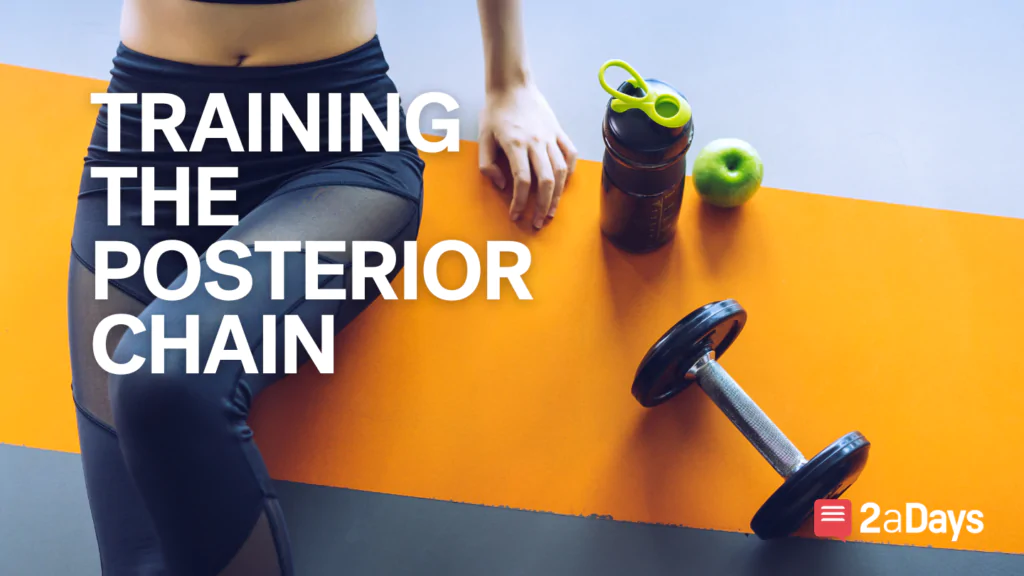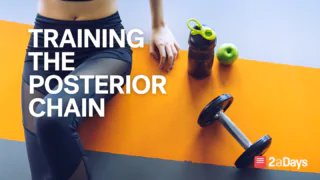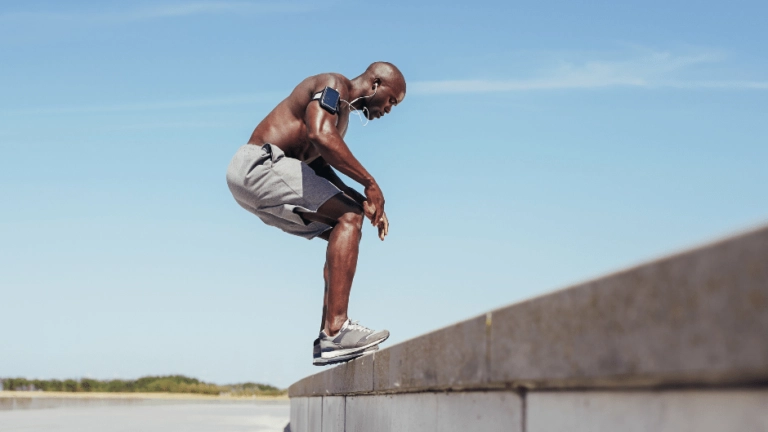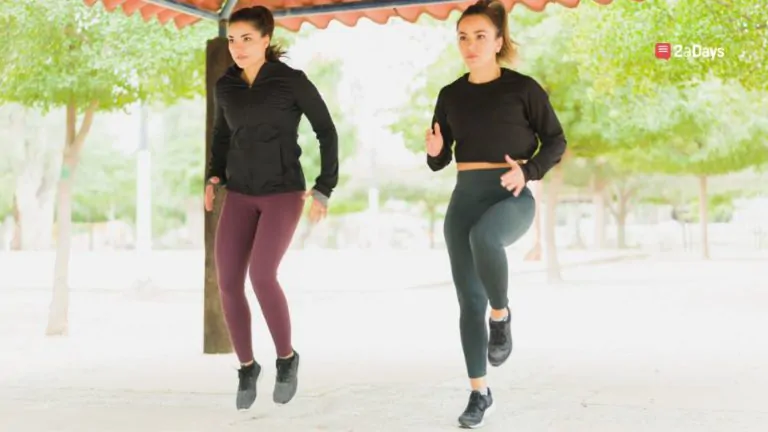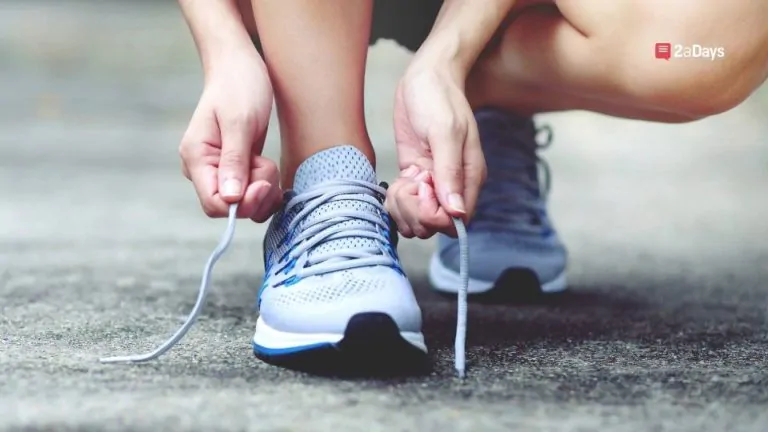College athletes undergo intense physical demands in their respective sports. No matter the sport, developing a strong and powerful posterior chain is vital for optimizing performance and reducing the risk of injuries. The posterior chain consists of the muscles along the backside of the body, including the lower back, glutes, hamstrings, and calves. In this article, we will explore the significance of training the posterior chain for college athletes and outline effective exercises and training strategies to maximize their athletic potential.
Importance of a Strong Posterior Chain
The posterior chain plays a fundamental role in athletic movements, contributing to explosive power, speed, agility, and stability. Strengthening these muscles enhances an athlete's ability to sprint, jump, change direction, and withstand impact. Additionally, a robust posterior chain can help correct muscular imbalances, leading to better posture and reduced risk of injuries, particularly in the lower back and knee areas.
Effective Exercises for the Posterior Chain
1. Deadlifts:
Deadlifts are one of the most effective exercises for developing strength and power in the posterior chain. Whether performing conventional, sumo, or Romanian deadlifts, the movement targets the glutes, hamstrings, lower back, and traps. It is crucial for athletes to maintain proper form and gradually increase weight to prevent injuries.
2. Glute Bridges and Hip Thrusts:
Glute bridges and hip thrusts specifically target the glute muscles. They help activate and strengthen the gluteus maximus, which is a crucial muscle for generating force during athletic movements like jumping and accelerating.
3. Kettlebell Swings:
This dynamic exercise targets the hamstrings, glutes, and lower back while also enhancing explosive hip power. When performed correctly, kettlebell swings can significantly improve an athlete's hip hinge mechanics and enhance their performance in various sports.
4. Calf Raises:
Strong calves are vital for running, jumping, and maintaining stability. Performing calf raises with bodyweight, dumbbells, or a machine can help strengthen the calves effectively.
Training Strategies
1. Progressive Overload:
College athletes should follow a progressive overload approach in their training regimen. Gradually increasing the weight and intensity of exercises ensures continuous adaptation and muscle growth.
2. Compound Movements:
Incorporate compound exercises into training routines as they engage multiple muscle groups simultaneously. This approach mimics the demands of real-world athletic movements, enhancing overall performance.
3. Balance and Recovery:
While training the posterior chain is essential, it's crucial to maintain a balanced workout routine that includes exercises for all major muscle groups. Furthermore, allowing adequate time for rest and recovery is essential for avoiding overtraining and reducing the risk of injuries.
4. Mobility and Flexibility:
To optimize the effectiveness of posterior chain exercises and reduce the likelihood of injuries, athletes should include mobility and flexibility exercises in their warm-ups and cool-downs. This will improve their range of motion and joint stability.
Training the posterior chain is a crucial aspect of developing athletic prowess and performance for college athletes. By incorporating exercises that target the glutes, hamstrings, lower back, and calves, athletes can enhance their power, speed, and agility while minimizing the risk of injuries. A well-structured training program that emphasizes progressive overload, compound movements, and balanced workouts will aid college athletes in reaching their full potential and excelling in their respective sports. Remember to consult with a certified strength and conditioning coach or fitness professional to tailor a personalized training plan that suits individual needs and goals. With dedication and hard work, college athletes can build a strong and powerful posterior chain that translates into success on the field or court.
